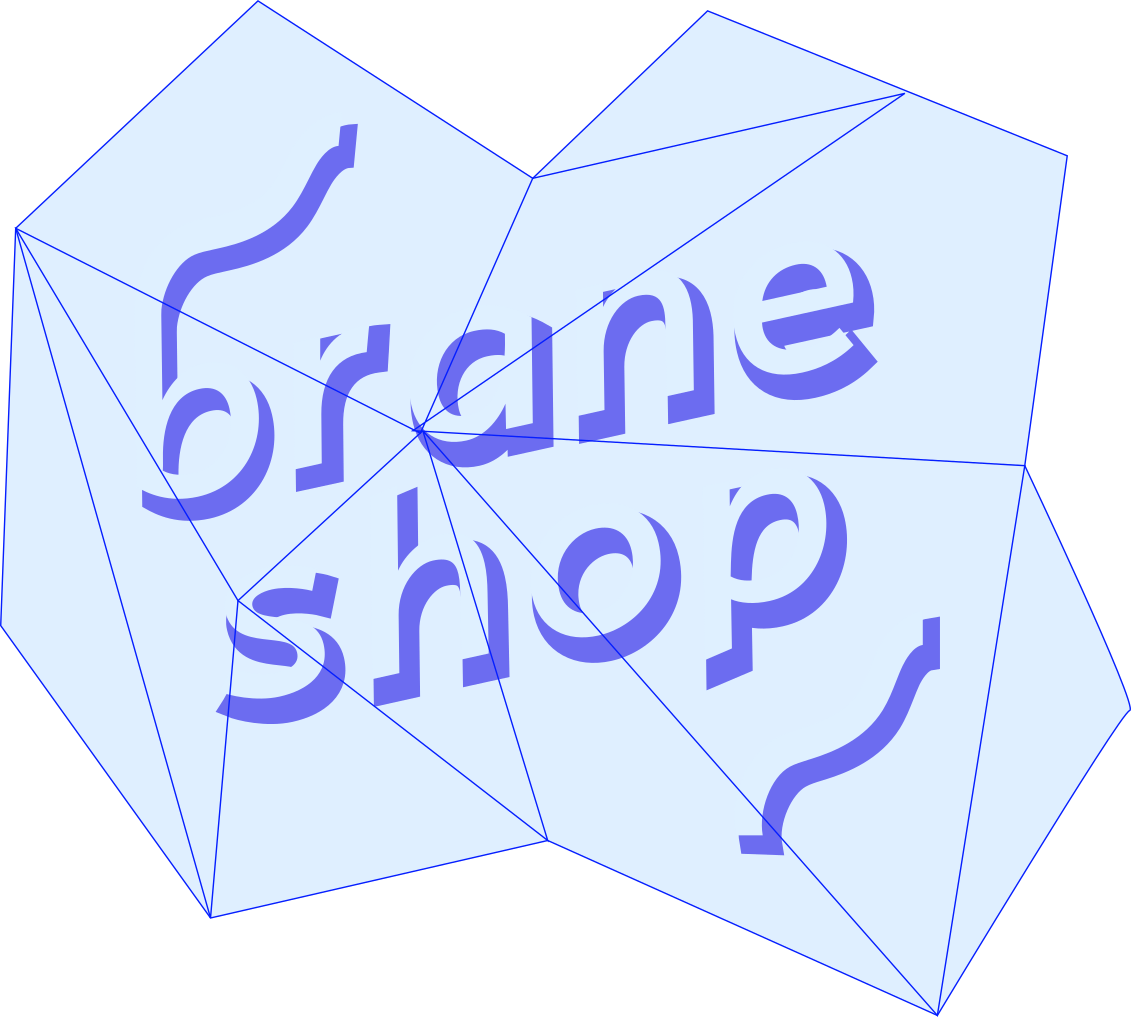Braneshop — "A Living Business" - Part 3 of 3

Rough grouping of Patterns for Braneshop.
- Part 1 of 3 - Inspiration
- Part 2 of 3 - The Idea: A Living Business
- Part 3 of 3 - Patterns for Braneshop (this page)
In the final installment of this series, we look at a few of the “patterns” that will help us understand where we’re at as a business.
The main point here will be to list those patterns — the patterns of behaviour, attitudes, business processes — that we’d like to have at Braneshop.
The patterns should be measurable insofar as we ourselves will need to ask ourselves how well we’re doing when measuring ourselves on them. And we won’t be doing perfectly on each of them, and over the years we can expect our success across any given one to fluctuate. But that’s okay. The process is what is important.
Braneshop Pattern Language
One of the things Christopher Alexander is most well-known for is A Pattern Language. This turns out to be a very important concept in his joint work The Oregon Experiment where the idea of diagnosis is developed.
The idea is that these patterns form the basis for how we think about whatever it is we’re building. They’re the essential elements. Importantly, they are measurable, and we can check our progress against them using the “diagnosis” approach.
There’s more work to be done here, but below is an initial list that is proving helpful for me in thinking about various aspects of Braneshop.
Teaching
- Intuitive understanding
- Applying research
- Latest techniques
- Latest tools
- Technical excellence in programming
- Tooling to support learning
- Support people changing careers
- Support technical professionals
- Strong pedagogical approach
- Group activities and exercises
- Engaging
- Build enjoyment and confidence
Day-to-day/People
- Enjoyment of work
- Happiness of colleagues
- Happiness of attendees
- Do something new/Learn new things
- Support of people
- Voice for everyone
- Resiliance/Support
- Support personal change/growth
Economics
- Sustainable business in revenue
- Sustainable in environmental impact
- Diverse involvement
- Equal voice, for people, in finances
- Equal pay
Community
- Approach AI ethically and with empathy
- Indirectly address social problems
- Empowerment via skill development
- Build and support local AI community
- Events bringing the community together
- Supported marginalised groups
- Develop creative AI community
- Bring people from outside in
- Build strong capabilities within existing technical groups
- Build empathy between technologists and the community
- Understand the impact of AI on society
- Relationships that support people
- Use partnerships to reflect our aims
Conclusion
This is just the start of the process. There’s more work to do here, in terms of working out more patterns, and working out how they interact, and then diagnosing the business via these patterns.
Partly this will be a private process, but I do want to elaborate on exactly what an analysis of the business looks like, across several of these axes. So let’s explore that in a future post!

